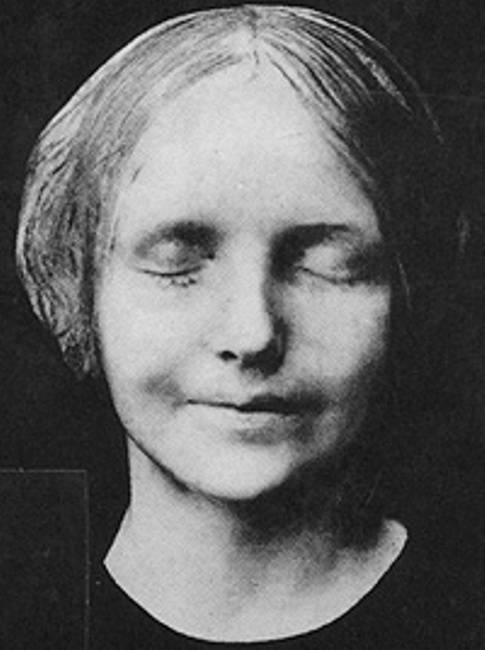Death Mask History and Famous Death Masks
The death mask is made after death from dead man’s face. The material can be plaster cast or wax. The face is covered with plaster or wax until the material solidifies. A plaster cast is a copy made in plaster in 3-D form. The face features are slightly distorted.
It can represent mold for creating portraits or memento of the death. Throughout history in some cultures death mask represented artifact placed on dead man’s face before funeral rituals. It is the final view of the deceased face. When the dead’s face is damaged, usually the cast of hands is made. Sometimes eyes are made and placed on the mask to make it look alive.

Death mask can be used for making 3-D mediums like sculpture, bust, engraving or effigy on the tomb of famous people throughout the history. Effigies are a sort of funeral art.
Dead masks were made for nobility and famous people like Napoleon Bonaparte, Isaac Newton and Ludwig van Beethoven.
In African, Native American, and Oceanic tribe cultures death mask has an important role in religious and social life. The mask can have a form of a spirit or animal. It is used to help the soul to pass into other life and to protect dead man’s spirit from evil forces. The death mask can be sacred and used in ritual like the transition from ancestors’ spirit to the heir of the family.
Mask taken from living man is called life mask. Famous life masks are Abraham Lincoln and George Washington.
First, the hair and eyebrows are covered with oil so that the plaster wouldn’t stick to it. Plaster is ladled over the head. A thread is placed from the top of the forehead to the chin, that is later used to remove the mask into two halves when the plaster is hardened. The plaster mask is cleaned and filled with modeling clay or new plaster to make a 3-D mask.
The most famous specialist in making death masks is Anna Maria Grosholtz, known as Madame Tussaud. She was art tutor on the Palace of Versailles. Madame Tussaud was making death masks of executed nobility and famous people during French Revolution. She made plaster casts and then wax sculptures. The most famous French Revolution time death masks belong to Maximilien Robespierre, King Louis XVI, and Queen Marie Antoinette.
Laurence Hutton Collection of Life and Death Masks is well known and consists of images of masks. It is located at Princeton University Library, Manuscripts Division of the Department of Rare Books and Special Collections.
The most famous death mask is probably Tutankhamun’s mask. In ancient Egypt death mask was artifact put on the deceased face and crucial part of the funeral ceremony. It was very artistic and valuable like made from gold and gems. It was not made from cast, but still it had some features of the deceased. This artifact was believed to protect the soul from evil spirits on the way to the after-world and make the dead person’s spirit stronger.
Ancient Romans used wax to portrait and save the dead man’s face features in sculptures. It is believed that they were used to give urns a human look.
Famous death mask belongs to Mary Queen of Scots. She sought asylum from her cousin Queen Elizabeth I, but she became a prisoner for 19 years in England, the land she almost ruled. She was beheaded.
Physiognomy interprets connection between outer look and personality. For these scientific studies life, masks are collected. In this way, criminal features can be studied.
In forensics death mask can be made to save the dead man’s features for later identification.
Famous criminal mask belongs to William Burke. It was taken shortly before his execution. He was a serial killer in the 19th century. Burke sold murdered bodies for use in anatomy lessons. He was sentenced to death by hanging and publicly dissected at the Edinburgh Medical College.
Phrenology focuses on measurements of the human skull. To make a model of skull both death and life mask can be used.
The famous death mask is the face of an unidentified woman drowned in the river Seine. It was used for Rescue Anne, a training manikin for teaching CPR.
